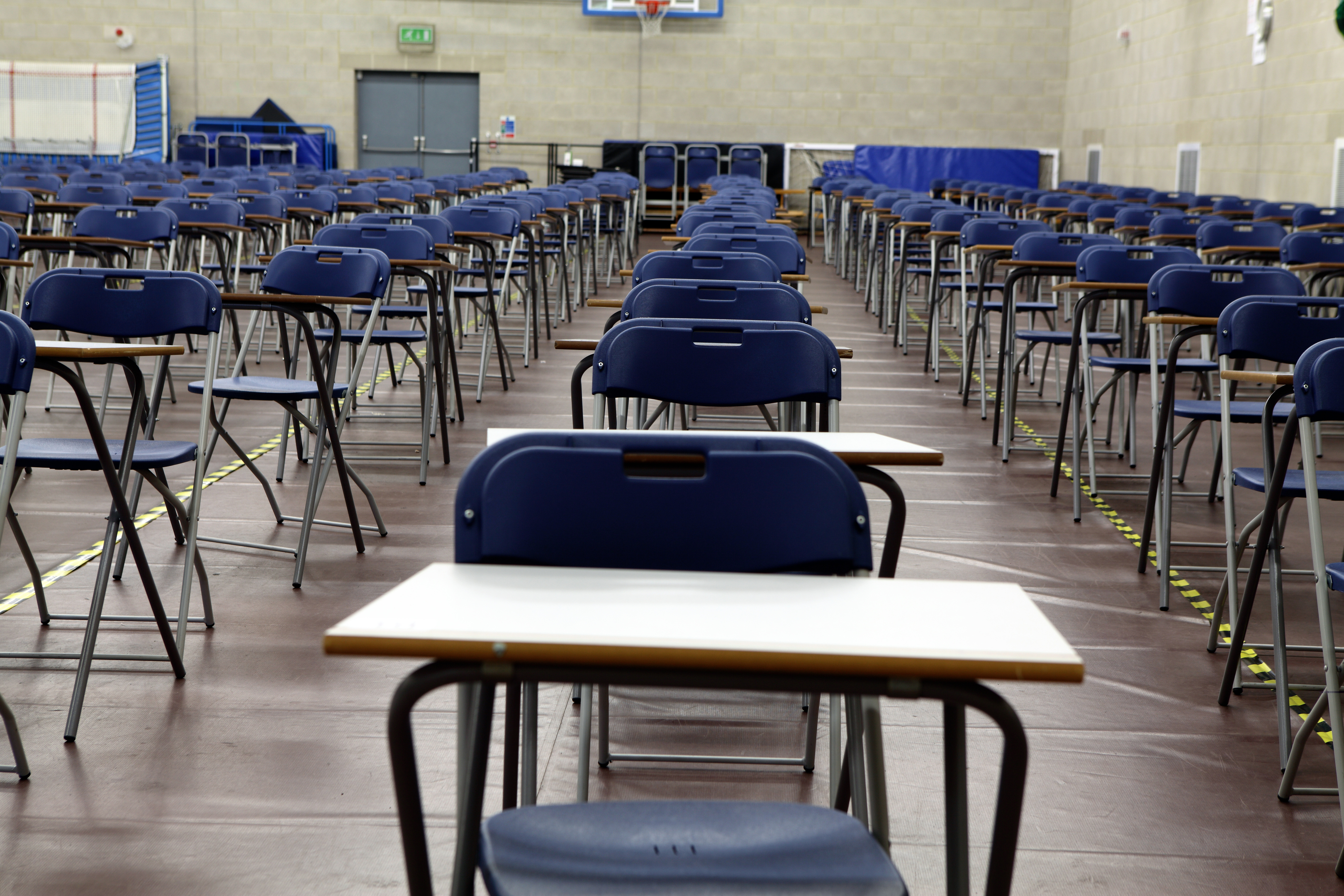
HIGHER passes have dipped very slightly for pupils sitting Scottish exams in 2017 but remain largely in line with attainment rates.
Just under 137,000 students are receiving their results by text, email or post throughout Tuesday.
Candidates passed 150,010 Highers, with an attainment rate (grades between A and C) of 77%, down slightly from 152,701 passes with a rate of 77.2% last year.
The Scottish Qualifications Authority (SQA) said the results were evidence of a “very stable system”.
The total number of Highers sat in 2017 was just under 195,000 compared to almost 198,000 last year.
Figures from the SQA also show a pass rate of 92.8% for the National 4 exams, with 107,631 passes, while pupils achieved 233,005 passes at National 5, with a success rate of 79.5%.
The figures are broadly in line with 2016 figures when the attainment rate for National 4 was 93.2% and 79.4% for the National 5.
Advanced Higher passes fell to 19,283, with a pass rate of 80%.
Dr Janet Brown, chief executive of the SQA, said: “I think it shows a very stable system.
“One of the things that we absolutely have to ensure is that standards are maintained and we can see that candidates are reaching those standards and attaining as they have done in the past.”
In Maths the attainment rate rose to 74% from 73.5% last year at Higher, while in English the attainment rate dropped from 78.8% in 2016 to 77.3% this year.
Pass marks were around 50% with no repeat of the problems with the 2015 maths exam.
Dr Brown said: “Everything has worked as we would expect and our systems have worked as we wanted them to, to ensure candidates achieve what they deserve and allows them to go to the next phase of their lives.”
There was an increase in the number of pupils taking and passing qualifications in skills for work and personal development courses, with the attainment up from 79.3% to 82.4% at SCQF 6 level.
Dr Brown said: “We often talk about the Nationals and Highers but it’s important to look at the broader qualifications available.
“One of the aspects employers are looking for is well-rounded individuals and that is about personal development and the availability of courses that help people develop.
“Skills for work and vocational training in schools and colleges are important for people who want to take that on. It’s part of the widening curriculum that we’re to help support and recognise for young people.”
On a visit to Bannerman High School in Glasgow, Deputy First Minister and Education Secretary John Swinney said: “I would like to congratulate our young people, and their teachers, for their hard work and effort.
“The whole country should rightly be proud of the excellence and achievement in Scottish education demonstrated by these results.
“We expect to see small variations in pass rates year-on-year, which demonstrate the high standards, strength and integrity of our national qualifications. This is of paramount importance.
“The much greater range of qualifications and skills-based awards demonstrates Curriculum for Excellence is successfully meeting the needs of young people and giving them the best chance of success in further learning, life and work. It is the right reform for Scottish education.
“The further steps we have set out to close the attainment gap and raise standards for all will build on these solid foundations.”

Enjoy the convenience of having The Sunday Post delivered as a digital ePaper straight to your smartphone, tablet or computer.
Subscribe for only £5.49 a month and enjoy all the benefits of the printed paper as a digital replica.
Subscribe